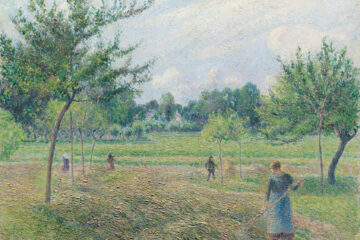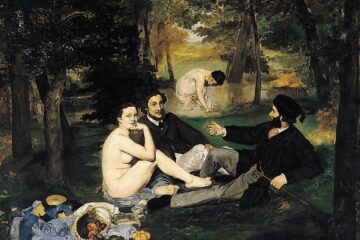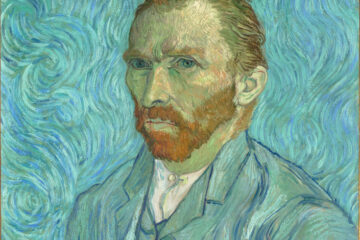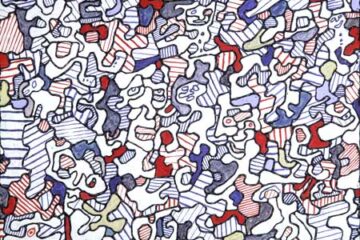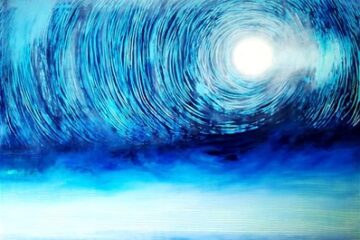The moment at Mount Sinai is one of birthing pressure, designed to bring forth from the community and from each individual a higher level of initiative, creativity and responsibility…the foundations of freedom. View the study sheet here. Watch the recording here.
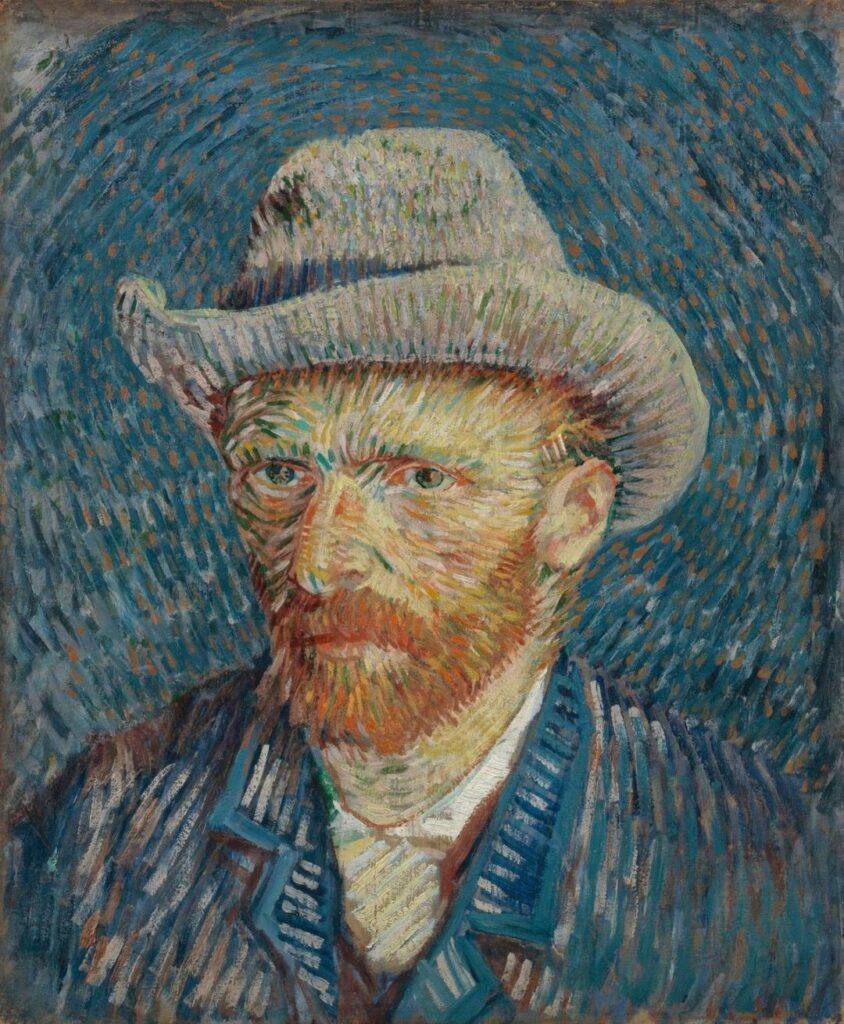
We value individual rights, privacy, and choice. Yet, it is through communal cooperation that we survive. The United States was imagined into existence on the notion that individuals in pursuit of their own aspirations would convene in the public realm and craft compromises necessary to weave the social web that is community. This experiment was designed as an alternative to the socially stratified countries of Europe, where those at the top decreed to those at the bottom.
Today that weaving is unravelling. There has been an upsurge in socially destructive behavior, substantial increases in: fights on airplanes; disruptive incidents in classrooms; drug overdoses; hate crimes; murder rate; reckless driving; and a significant decline in charitable donations. The unrestrained and unbound self is demolishing the ties that bind us. Is the edict of a despot the only way to restore order?
In our story the Israelites have just unchained themselves from the mightiest despot of their age: Pharaoh. Now they find themselves at the foot of a mountain. From its fiery top a voice proclaims a new order, detailed by a series of commandments on how to behave. Is this what freedom would be: an escape from the death grip of one despot into the embrace of one dictating what must be done? A midrash describes the scene at Mount Sinai as God holding the mountain over the heads of the Israelites and proclaiming: “Accept these instructions or this will be your burial place.”
Countering the image of threat and coercion by the most omnipotent authority one could imagine, is another midrashic narrative. Freedom from external oppression was but a prelude to releasing the power and initiative of the community and each individual. In the medium of Torah, it is about developing and unleashing the power of speech. The personal journey of the story’s main protagonist, Moses, symbolizes the achievement of such fluency.
Speech is presented in Torah as a force of creation and connection. Yet, it may not be the only one. Early in his life Vincent Van Gogh, deeply devoted to his religious faith, lived in a poor coal-mining region in Belgium where he served miners and their families as a pastor. He lost his ministry commission due to his poor preaching skills. He turned to art, through which he revealed dimensions of God’s world unseen by others. And in the course of his painting found his speech: “We cannot speak other than by our painting.”
We each have a unique way to “speech.” And when we develop it, we become holy weavers. Join us here at 7:00 p.m. (PST) Thursday January 20 as we explore learning to paint.



